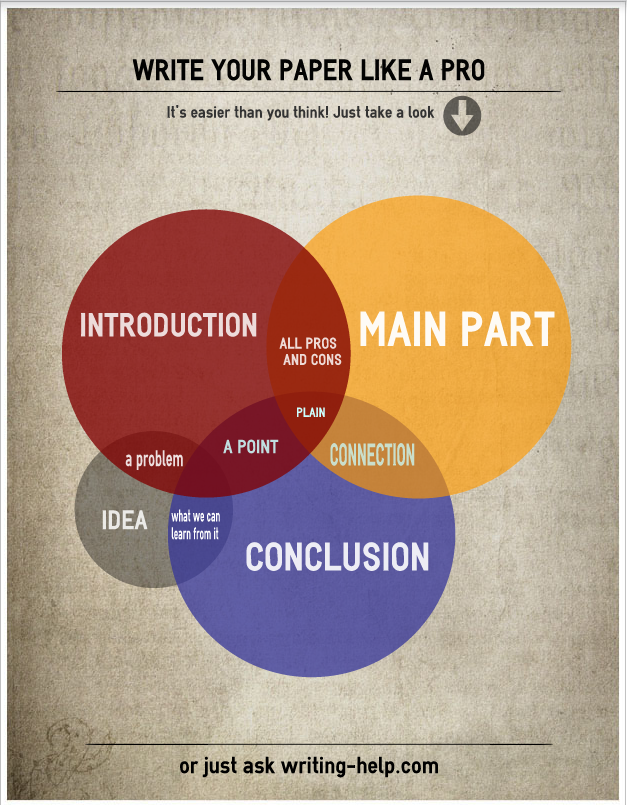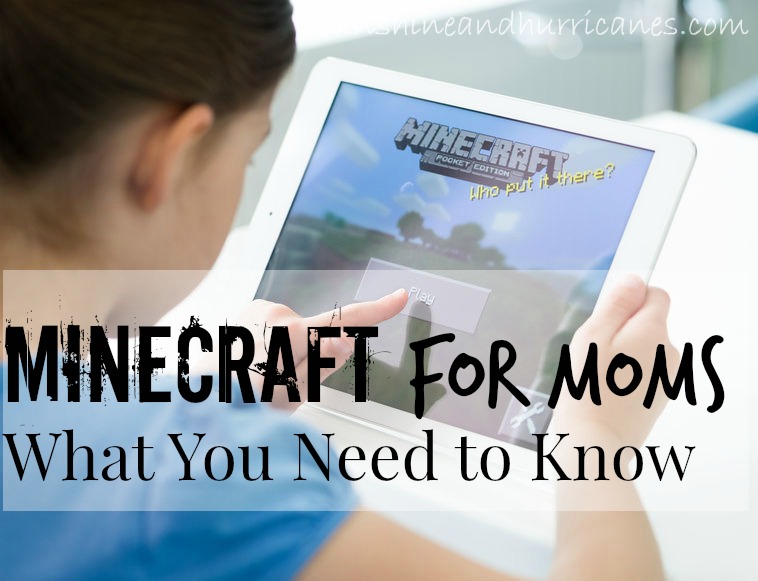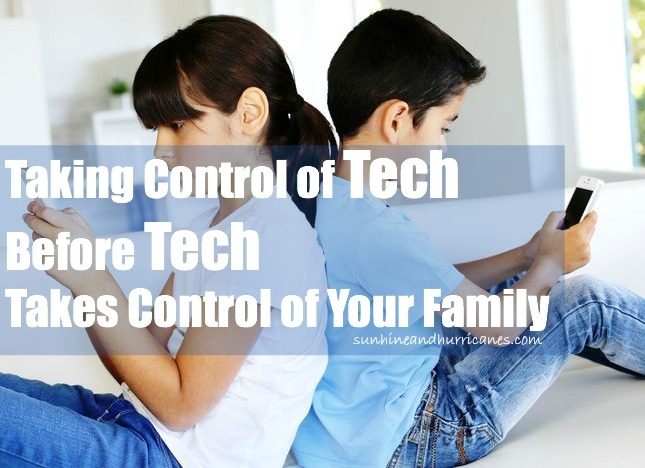Could a robot be grading your homework?
Artificial intelligence has become an increasingly big issue for education – not least because many tech companies and publishers are circling around the huge commercial opportunities. Especially with the possibility of the new chief at the USDOE coming on board soon.
One of those companies is Vantage Learning the industry leader in Artificial Intelligence and Cognitive Computing Technologies. They were the first company to reach human level accuracy in their scoring engine and have patents on the world’s best artificial intelligent engine (Intellimetric) that automatically scores essays and provides prescriptive feedback to students globally.
To date the engine has scored more than 125,000,000 essays including many large-scale essays such as the GMAT, MCAT, SAT and ACT to name a few.
When thinking about the bigger picture in education though, could students really get their answers from a robot rather than a teacher? They are already receiving prescriptive feedback, and having their papers scored more efficiently than teachers can currently score. This leaves more time for intervention, content acquisition and remediation.
Dr Tarek Besold, speaking at an educational technology conference in Berlin, said a joke-writing computer showed how robots could be creative as well as carrying out repetitive, factory-floor tasks.
And he highlighted experiments already taking place in using artificial intelligence in teaching.
Digital teacher
This summer, Georgia Tech, a university in Atlanta in the US, deployed a teaching assistant called Jill Watson for one of its postgraduate courses.
Except that Jill Watson was really a robot, which helped students and answered their questions in an online forum, without revealing her cyber-identity.
The only thing that students noticed was that Jill Watson answered questions and provided feedback much more quickly than other teaching assistants.
Dr Besold, from Bremen University, said such robotic teachers were becoming increasingly sophisticated and had advantages over human teachers. I am still wary of this as a model, being a teacher I know the reality of what it takes to be a teacher and a pseudo-parent at times.
They were always ready to respond, they were never bored, tired or distracted.
But such clever computers could also be stupid.
While they could be trained to operate for a particular task or set of questions, they couldn’t easily adapt that knowledge to a different setting.
Will robotics and automation take more professional jobs?
There are also more subtle questions about online help from a robot. Would you feel the same about positive feedback if it came from a machine rather than a person?
What about the pastoral side of teaching? Could a robot offer empathy as well as factual insights?
And academic instruction is often not about “right” or “wrong” answers, but teaching how to think and investigate. It is about teaching critical thinking and empathy. Can a robot or cognitive computing engine actually perform these tasks of teaching or leading students to critically think and problem solve?
Destroying jobs
Donald Clark, a professor at Derby University and an education technology entrepreneur, said it was a mistake for anyone to think that education would be exempt from the impact of automation.
“Are we really saying that accountants, lawyers and managers can all be replaced by artificial intelligence – but not teachers?”
Can a robot truly appreciate a creative student’s answers?
Clark argued that artificial intelligence would change office jobs and professions in the way that automation had already transformed production lines.
“Artificial intelligence will destroy jobs – so why not use it for a social good such as learning?” he asked.
The acceleration of big data and more powerful computer systems meant that more and more sophisticated tasks could be automated, said Prof Clark.
It is already ebbing around the edges of education.
Online tutors
The name of Georgia Tech’s robot teacher – Jill Watson – is a reference to the underlying Watson computer system, developed by IBM to answer questions in ordinary language.
The Watson system is also being used in an experimental project from education companies. There has been AI used in education by Vantage Learning for the past 15 years and they developed the first automated scoring engine to reach human level accuracy. (http://www.vantagelearning.com)
It’s not going to replace a conventional teacher, but it’s an indication of how online courses and revision tutorials could develop, with testing and feedback all wrapped up together.
But there are skeptics who see this as another wave of technology over-promising.
“Technology in itself doesn’t revolutionize anything,” he said. Change in education is driven by public policy decisions, he said, not computer software.
There are also questions about whether automation will create a social divide – with stripped down, low cost, semi-automated courses, for those who cannot afford a traditional taught course.
Cultivating the whole person and helping them to “blossom” was not something that was going to be achieved by an algorithm, she said.
And she doubted whether a computer could appreciate the work of an innovative student who thought outside the conventional questions and answers.
But automation is advancing.
The Bank of England’s governor, Mark Carney, said this month that 15 million jobs in the UK could be automated, including middle-class professions.
Changes in technology would “mercilessly” destroy jobs, he said.
So could it be “Goodbye Mr. Chips” and “Hello Mr. Silicon Chips”?
For more information on Artificial Intelligence, Cognitive Computing or Natural Language Understanding reach out to me, I am always looking to discuss the future of the world we live, play and work in.



 Donald Clark said it was a mistake to think jobs in education would not be automated, and I agree although, if technology can replace the teacher, then it should as that teacher is not doing their job, because teaching is more than technology and scores. It is about passion, choice and shaping our future as a country. You can decide for yourself and read this article. (http://www.edudemic.com/education-technology-pros-cons/)
Donald Clark said it was a mistake to think jobs in education would not be automated, and I agree although, if technology can replace the teacher, then it should as that teacher is not doing their job, because teaching is more than technology and scores. It is about passion, choice and shaping our future as a country. You can decide for yourself and read this article. (http://www.edudemic.com/education-technology-pros-cons/) For example; Peter Murphy, the CEO of Vantage Labs said “a human who was good at chess would be likely to be able to play other games that required a complex thought process; while a chess computer would struggle, unless it had been specifically programmed. This also holds true for the computer that beat the Japanese strategy game “Go” as well”.
For example; Peter Murphy, the CEO of Vantage Labs said “a human who was good at chess would be likely to be able to play other games that required a complex thought process; while a chess computer would struggle, unless it had been specifically programmed. This also holds true for the computer that beat the Japanese strategy game “Go” as well”. The use of artificial intelligence is growing in the workplace.
The use of artificial intelligence is growing in the workplace.
















